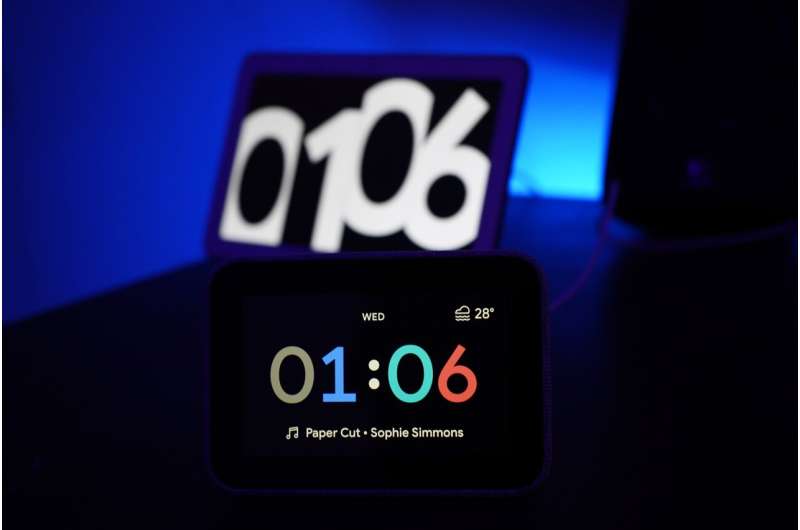
Years after its first-generation consumer device Nest Hub went public, Google has finally announced the release of the new Fuchsia OS, which will operate on the Hub.
First teased in 2016, the Fuchsia OS gained some rapport as an open source operating system that actually isn’t based on a Linux kernel, but a microkernel called Zircon. Once called the Google Home Hub, the Nest Hub will provide the platform for Fuchsia OS’s rollout, which technical teams at Google say will take several months. In fact, before official release, users can soon begin exploring this new OS via the Preview Program.
So far, Google teams do not predict users to even notice much of a change on their system once the Fuchsia OS takes effect. In terms of the still rather glaring question of this new operating system’s purpose and general advantage over other OS’s, Google technical leads report that it is inclusive, pragmatic, secure and updatable. Moreover, Fuchsia will be capable of running on both laptops and smartphones as well as operate both Android and Linux applications.
From a functional standpoint, the open source Fuchsia aims to provide an operating system that emphasizes performance, scalability and updatability. Furthermore, its open source nature invites developers from all over the community to suggest their own tested additions and updates to the operating system.
Eventually, the teams behind Fuchsia OS plan to integrate to operating systems into multiple Google devices. For now, Google’s smart display is the first product to implement Fuchsia with the overall goal of helping developers create durable products.